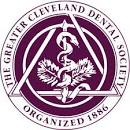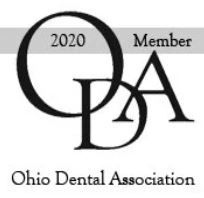Orthodontics
Would you like to have a beautiful smile and straight teeth, while helping to alleviate any potential health problems related to your teeth or jaw? You can improve your overall self-image with orthodontic treatment AND you'll have straighter teeth and better health.
Braces
State-of-the-art appliances and treatments are now available, from traditional metal braces to clear and tooth-colored brackets to NASA-type wires that are heat activated and require fewer adjustments. You may even be a candidate for treatment with clear aligners, a revolutionary way to straighten your teeth that requires no braces or wires!
Health Risks of Untreated Teeth
Crooked teeth or jaw problems may contribute to improper cleaning of teeth, leading to tooth decay and possibly gum disease or total tooth loss. Orthodontic problems that go untreated can lead to chewing and digestion difficulties, speech impairments and abnormal wear of tooth surfaces.
Over time, excessive strain on gum tissue and the bone that supports the teeth can affect the jaw joints, leading to problems such as headaches or face and neck pain.
American Association of Orthodontics
It is recommended that children get an orthodontic evaluation no later than age 7. Though orthodontic treatment can be done at any age, timely treatment ensures maximum dental health and will coordinate with your growth and development.
If treatment is necessary, you can thoroughly discuss which treatment option is best suited for you with your dentist.
Reasons for Orthodontic Treatment in Adults and Children
- Breathing or swallowing problems - Mouth breathing can lead to snoring and sleep apnea.
- Crossbite - One or more upper teeth bite inside the lower teeth (towards the tongue)
- Crowding - Involving extra teeth or malpositioned teeth
- Deep Overbite - The lower front teeth bite into the upper tissue of the upper teeth
- Disfigurement of the face and mouth - Affects the development of the jaw and position of the teeth
- Jaw and jaw joint pain
- Missing or extra teeth - Due to tooth decay, injuries, or inherited problems
- Overjet (protruding upper teeth) - Upper teeth that protrude beyond normal and are usually associated with a short lower jaw
- Self-image - An attractive smile can boost a person's self-image and confidence
- Spacing between teeth - Teeth are missing or may be too small or too large.
- Speech, chewing or biting problems
- Underbite (lower jaw protrusion)
- Lower jaw is longer than the upper jaw










